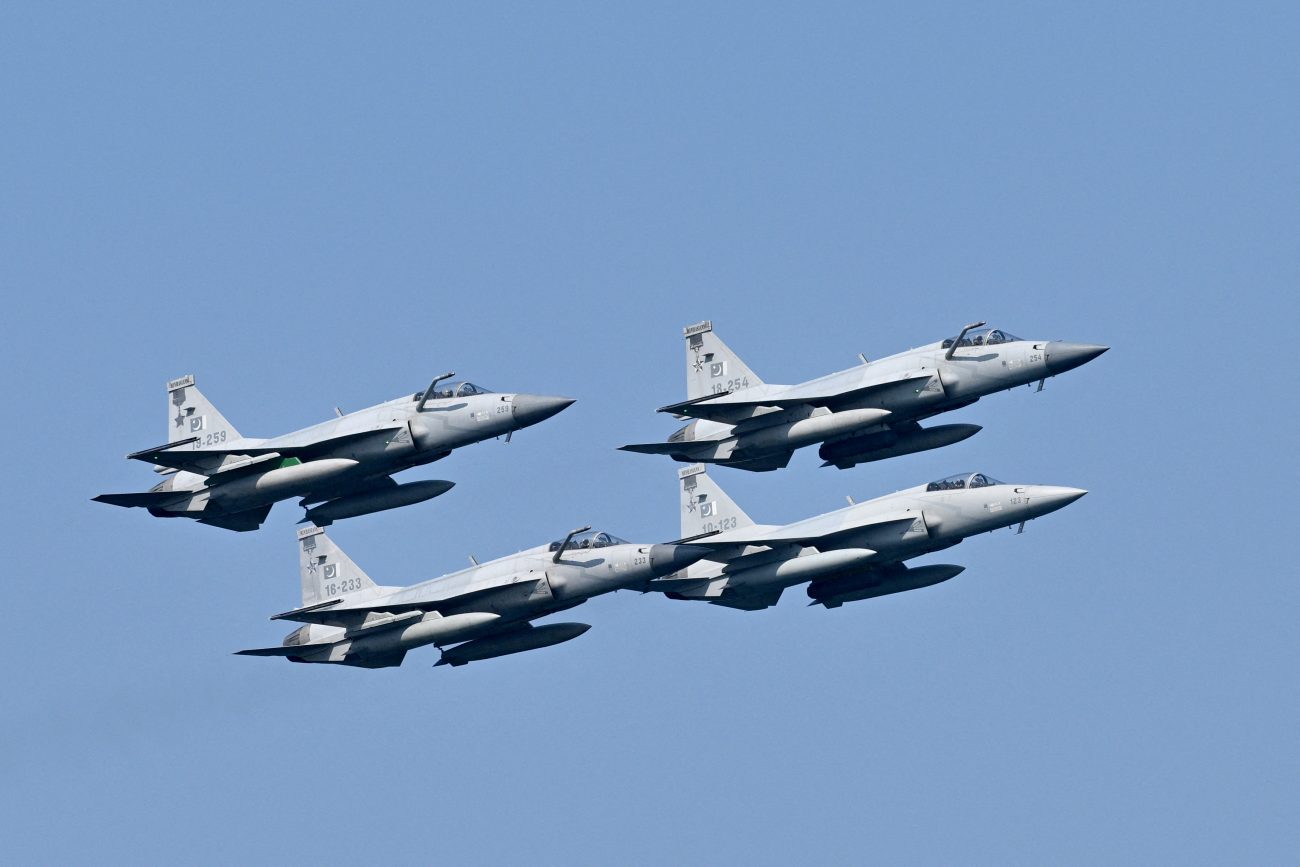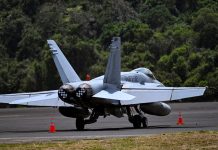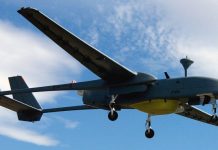In a possible setback to France and its Rafale fighter jets, Indonesia has confirmed its intention to acquire 42 Chengdu J-10C multirole fighter jets from China. The development hints the South East Asian nation may not opt for additional Rafale jets.
Defense Minister Sjafrie Sjamsoeddin told reporters that Indonesia would soon buy the jets from China as part of its military modernization drive, the state news agency Antara reported.
“They will be flying over Jakarta soon,” Sjafrie said, although he did not provide further details.
Finance Minister Purbaya Yudhi Sadewa confirmed that his ministry had approved a budget for the purchase of the 4.5-generation jets, which would come to more than $9 billion.
“So, everything should be ready,” Sadewa told reporters, “But I have to double-check when those aircraft will arrive in Jakarta from Beijing.”
India Seizes China’s PL-15 Missile; Report Claims DRDO To Reverse-Engineer Tech For Indigenous AAM
While the deal represents a significant win for China’s defense industry—only the second export of the J-10 after Pakistan—it has sparked debates about whether this signals a setback for France’s Dassault Rafale fighters.
Indonesia’s air force modernization has been a multifaceted endeavor, driven by the need to replace outdated aircraft like its U.S.-made F-16A/Bs and Russian Su-27/30s. In 2022, Jakarta signed a contract for 42 Dassault Rafale F4 fighters from France, with deliveries slated to begin in early 2026.
The Rafale deal, phased over several years, was seen as a cornerstone of Indonesia’s strategy to bolster its capabilities in the Indo-Pacific region, where tensions over the South China Sea and territorial disputes loom large.
The French jets, known for their advanced avionics, electronic warfare systems, and multirole versatility, were expected to form the backbone of Indonesia’s future fleet. However, reports of Indonesia’s interest in the J-10C emerged periodically throughout 2025, culminating in official confirmation from Indonesian officials.
The J-10C, often dubbed the “Vigorous Dragon,” is a fourth-generation fighter equipped with active electronically scanned array (AESA) radar, advanced air-to-air missiles like the PL-15, and compatibility with a range of precision-guided munitions.
Indonesian pilots are set to train in China, and the jets could even arrive sooner than the Rafales, potentially filling immediate gaps in capability.
The timing and context of the J-10 purchase have led some analysts to view it as a potential blow to the Rafale jets.
Earlier in 2025, speculation arose that Indonesia might expand its Rafale order beyond the initial 42 units, with reports in July suggesting a possible deal for an additional 24 jets during President Prabowo Subianto’s visit to France.
However, that looks unlikely now as Jakarta appears to have pivoted toward diversification, opting for the Chinese alternative amid budgetary constraints.
One key factor cited in discussions is the reported performance of the J-10C in real-world scenarios. Social media and defense forums buzzed with claims that Pakistan’s J-10CE jets demonstrated superiority during the May 2025 India-Pakistan conflict, allegedly downing Indian aircraft, including Rafales.
While many of these claims remain unverified and contested by Indian sources, they have fueled narratives that the J-10 offers comparable or superior capabilities at a lower cost—potentially influencing procurement decisions in cost-sensitive markets like Indonesia.
French intelligence has even accused China of orchestrating disinformation campaigns through its embassies to undermine Rafale sales, suggesting that exaggerated reports of the jet’s vulnerabilities were spread to sway potential buyers like Indonesia.
If true, this could represent a broader pattern of competitive sabotage in the global arms market, where perception often triumphs facts.
Geopolitically, the deal aligns with Indonesia’s non-aligned foreign policy, balancing ties with Western powers, Russia, and China. The Rafale, despite strong sales to countries like India, the UAE, and Egypt, faces stiff competition from cheaper alternatives like the J-10 and even the JF-17 Thunder to some extent.

Indonesia’s mixed fleet—now including U.S., Russian, French, and potentially Korean KF-21 & Turkish KAAN fighters—highlights a potential operational misery for the country but also defines Jakarta’s nonaligned policy.
Indonesia’s air force is expanding its mixed fleet to enhance interoperability and resilience, and the Rafale deliveries remain on track. Possibly, Indonesia may not opt for more French jets.
Indonesia’s decision reflects broader trends in military procurement: rising costs, technological parity among competitors, and the influence of soft power and propaganda. For China, the deal is a milestone, boosting the J-10’s export credentials and challenging Western dominance in Southeast Asia.
For France, it serves as a reminder that even established platforms like the Rafale must contend with aggressive marketing and geopolitical maneuvering.
Yeta Purnama (researcher at CELIOS) and Muhammad Zulfikar Rakhmat (director of the China-Indonesia Desk at CELIOS) said: “What is clear is that many of these narratives mirror past regional campaigns seen on Chinese and Russian platforms: highly emotive, targeted messaging that has been repackaged and localized to sway opinion in strategic markets… In the context of national defense and foreign policy, these narratives matter—not because they directly influence decisions, but because they can shape how those decisions are understood and legitimized.”
Zhang Junshe, a Chinese military affairs expert, commented: “Procuring weapons and equipment from multiple sources would be a reasonable approach to better safeguard Indonesia’s national security, rather than ‘putting all eggs in one basket.’ The J-10 has gained international recognition, particularly after the India-Pakistan clash… [It is] a cost-effective option with outstanding radar detection capability and powerful air-to-air missiles.”
Babak Taghvaee, a defense and security analyst, commented: “Instead of buying 42 additional Rafale fighter jets from France, the Indonesian government has chosen to purchase 42 J-10C fighters from China under a US$9 billion deal. Jakarta’s shift reportedly follows the May 2025 India–Pakistan conflict, where J-10CPs of the Pakistan Air Force—trained with Qatar’s Rafale pilots—proved superior to India’s Rafales in air combat.”
However, Nitin J Ticku, a defense expert and the Editor of the EurAsian Times, commented: “Indonesia is a very interesting country.” They want to buy everything, be it F-15EX, KAAN, Rafale, or J-10C, and have even shown interest in acquiring F-35 stealth fighters.
Unfortunately, Indonesia’s non-aligned policy fails to align with its military objectives, resulting in a fragmented Air Force. Operating so many different jets from different countries could be a logistical nightmare for the country. For now, it may look like a smart move, but they could feel the policy pain if they get involved in a real conflict. It’s a policy disaster, Ticku concluded.
OPED By: ET Online Desk




